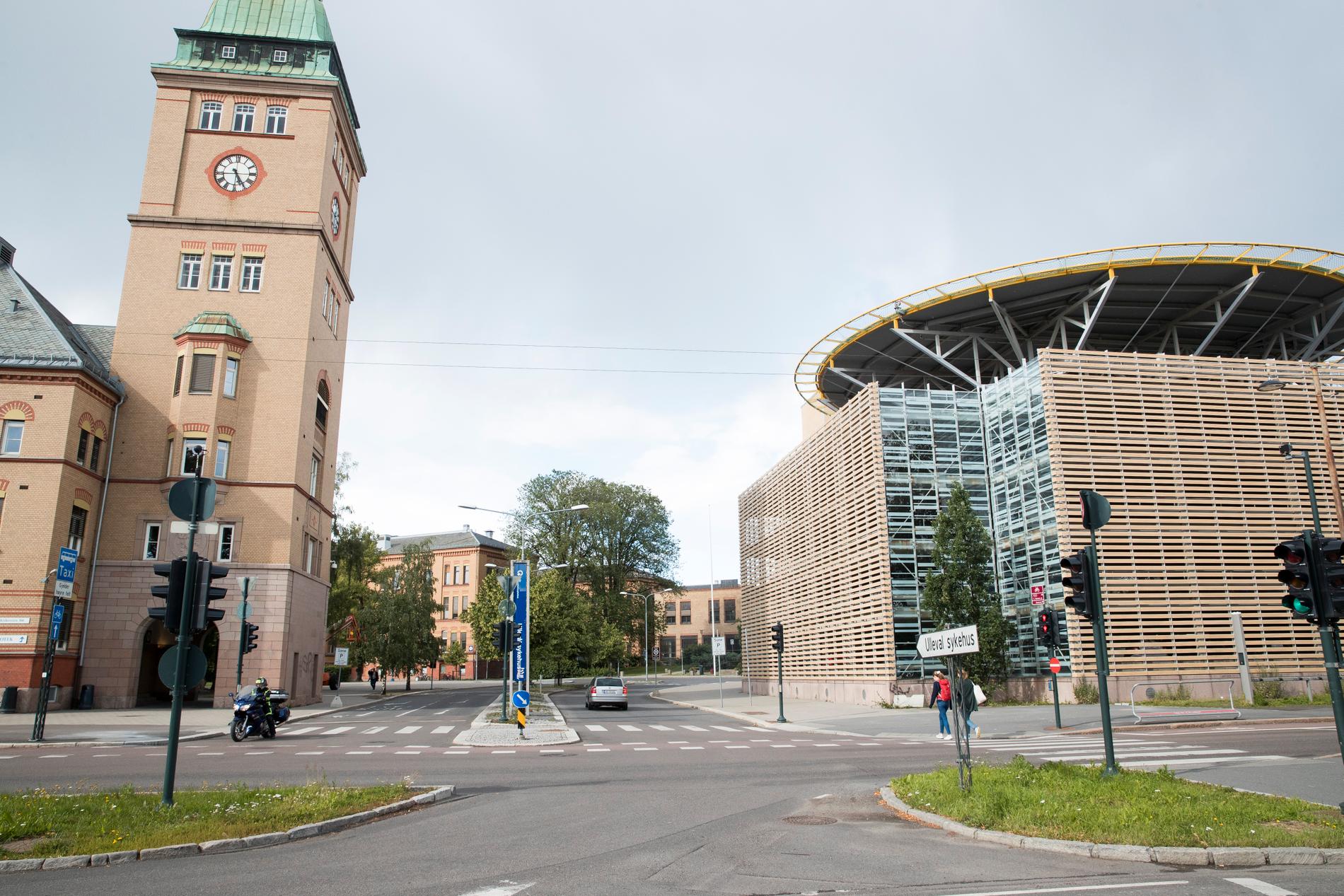– It is a tragedy for maternity care in Oslo, says union representative Kristin Bøhn.
It was decided on Tuesday that the Women’s Clinic at Oslo University Hospital (OUS) will cut the equivalent of 30 man-years. It is not known exactly where the cuts will be made.
In addition, it has been decided to close between two and four maternity wards.
This is confirmed by trustee for the Norwegian Midwives Association Kristin Bøhn. She is a midwife at the ABC clinic, which is part of the Women’s Clinic at OUS.
The decisions were presented by the management during a digital meeting on Tuesday morning.
– I cannot say anything other than that it is a tragedy. It is a tragedy for maternity care in Oslo, says Bøhn.
The women’s clinic is already under pressure, says Bøhn. She fears more people will not be able to continue when further cuts are to be made.
OUS has 15 birthing rooms and two receptions that are used for births. At Rikshospitalet there are five maternity wards.
– Decrease in the number of births
Marit Lieng, clinic manager at the Women’s Clinic at OU,S says that there were more than 1,100 fewer births at OUS from 2021 to 2022.
– When we now plan to close two to four maternity wards, it reflects the decline in the number of births, she says in an email to VG.
She says the decline in births is “significant” and that it is crucial for the hospital to use the professionals in the best way for women in labour, their partners and newborns.
– Operating at more birthing rooms than the number of births indicates is neither a good use of key competence in the department nor a sensible use of the financial resources made available to our business.
She says that three risk and vulnerability analyzes have been carried out on alternative closures of maternity wards.
– It has not been decided which birthing rooms will be closed. We are in the process of this, where today’s general meeting was included as information for our employees. The matter must be discussed with shop stewards and decided in the clinic.
Asking the hospitals to cut
On Tuesday, Minister of Health Ingvild Kjerkol (Ap) held the annual Hospital Talk. There she repeated that the hospitals must tighten up in 2023.
The Minister of Health is asking the hospitals, among other things, to consider cuts in certain treatment services, and to significantly reduce the use of substitutes.
In addition, major investment projects and maintenance may have to be postponed. She also asks the hospitals to survey the use of laboratory and X-ray services.
Four healthcare companies are already budgeting with a deficit this year, while almost all the others are budgeting with far weaker results than planned.
This also applies to Oslo University Hospital. According to deputy managing director Morten Reymert, the board will be presented with a proposal for “restructuring measures”, measures to reduce costs, at a meeting on 23 February. Overall, there is an efficiency requirement of 3 percent, he says in an e-mail to VG.
– The budget requirements have been converted into estimates of how many man-years the individual clinics must reduce by 2023. The clinics are now working on proposals for measures to meet the budget requirements.
Financing of maternity care
Health Minister Ingvild Kjerkol is also asking the hospitals to look at the funding of maternity care. She wants the hospitals to ensure that income and budget models support the service in the desired way.
Today maternity wards receive money according to how many births they have. Complicated births with interventions such as caesarean section bring more money than so-called natural births without intervention.
Organizations such as the Barselopprøret and the Midwives’ Association have criticized this arrangement for a long time. They believe that the consequence is that birth and maternity departments often have to cut their budgets.
Kjerkol also points out that the government has increased funding for the education of specialist nurses and midwives.
